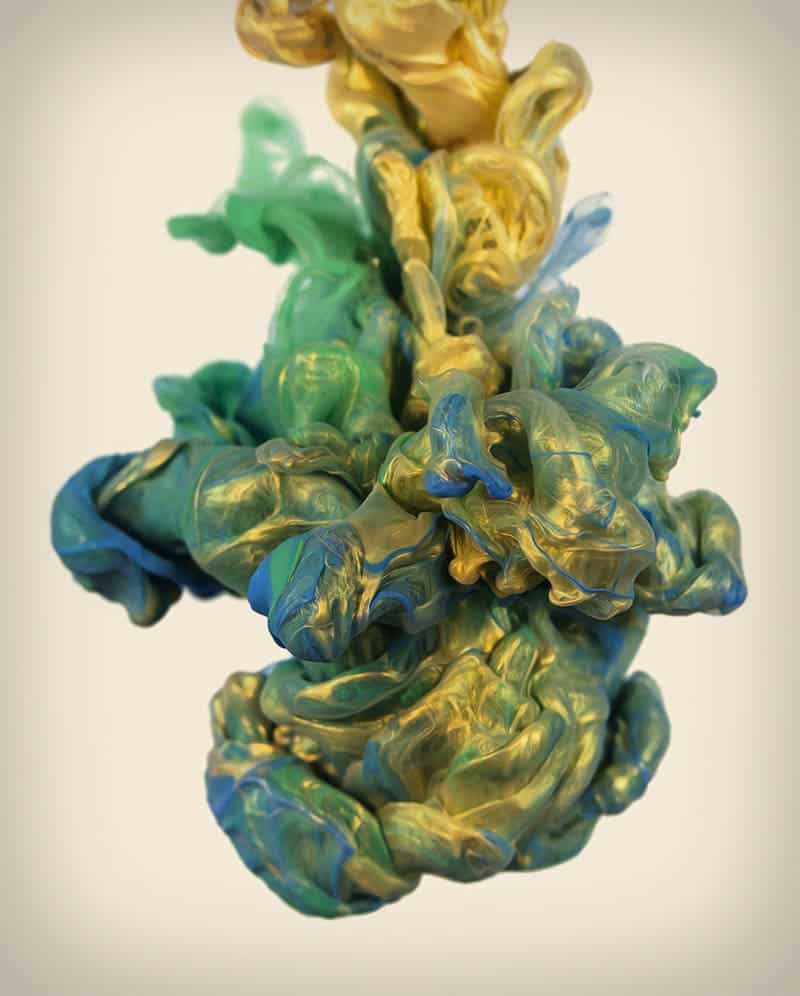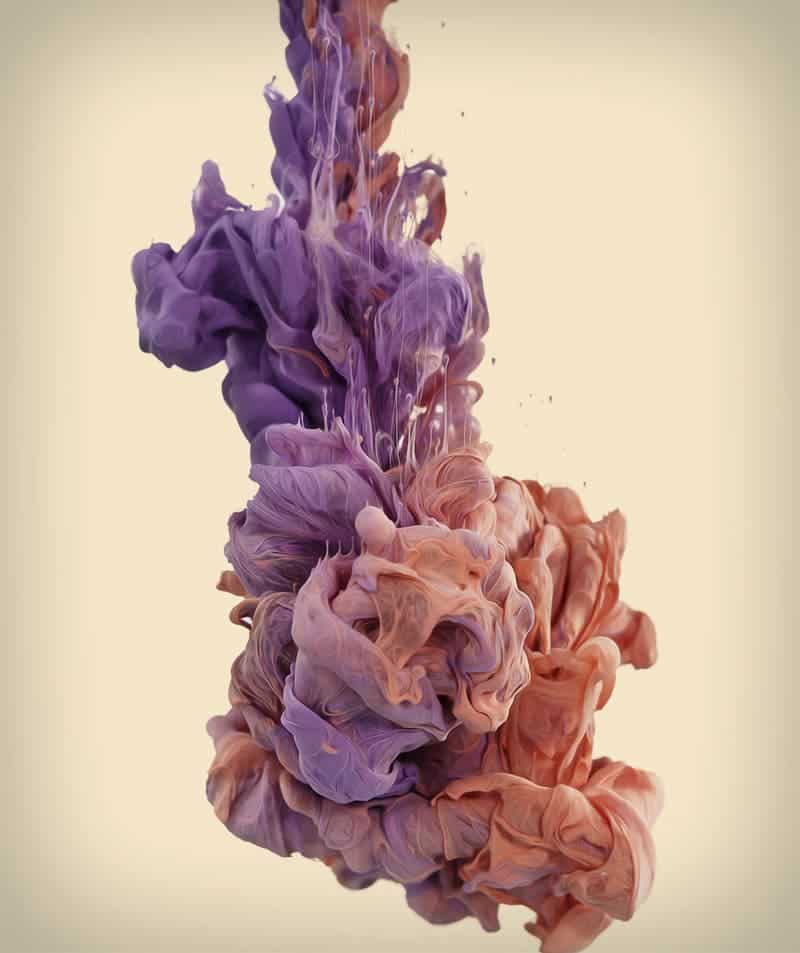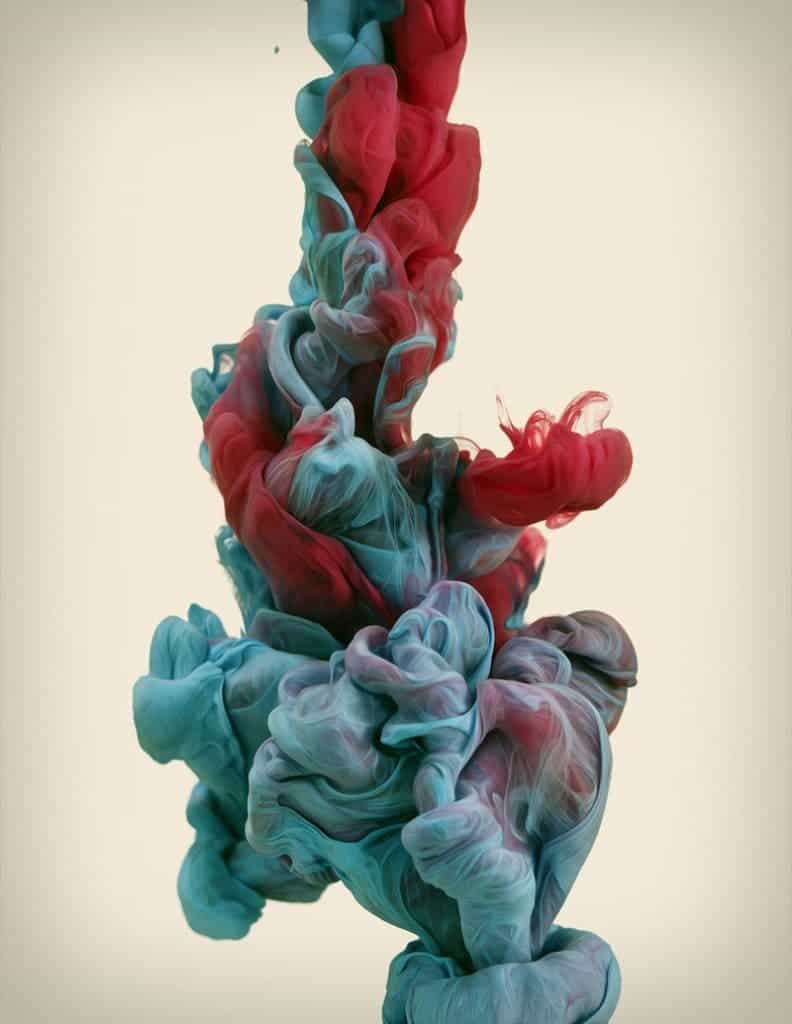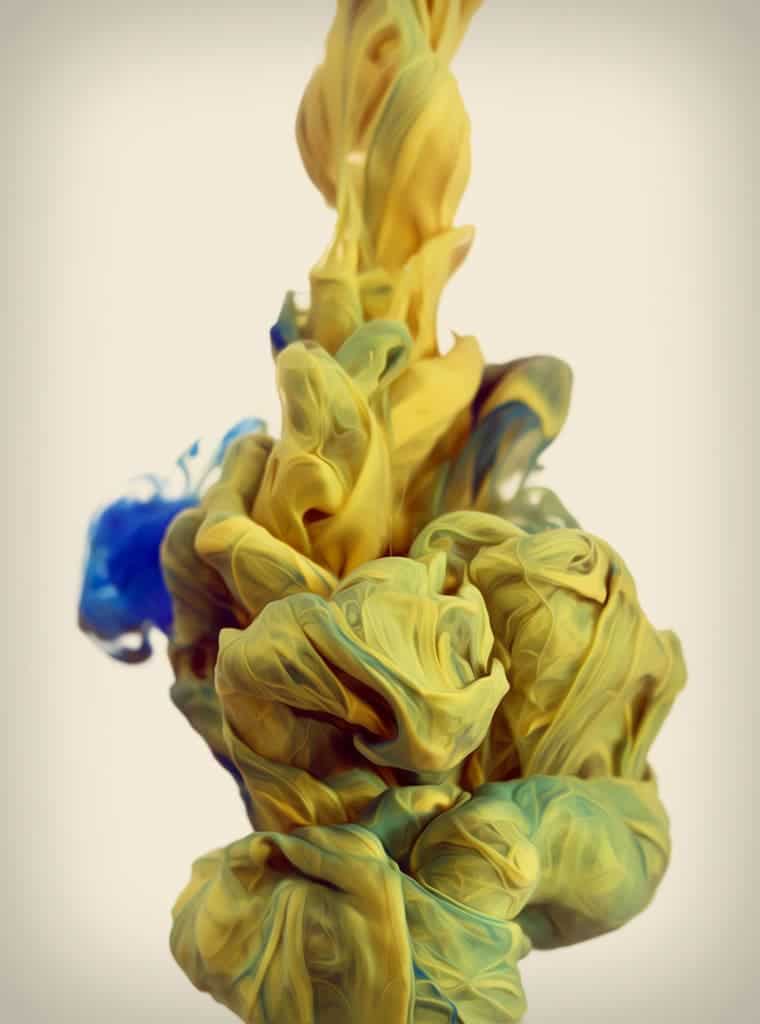I’ve been covering more artistic topics lately, but I feel that every once in a while, it’s a good break from all the hard science. As always, we’d love to hear if you like it or not! Feel free to contact us for any positive or negative appreciations. Also, if you’d like to share your own work with us, we’d also love to see it!
So, Alberto Seveso is an Italian artist specializing in illustration, graphic design and photography. He has developed a pretty unique style. In his ongoing exploration with high-speed photography and colour, Seveso drops plumes of various inks into water, capturing the organic shapes that form with a high-speed camera. The results are amazing and this series really amazes me.
What we’re seeing here is called diffusion. Diffusion is one of several transport phenomena that occur in nature; this happens in both hot and cold water (and other liquids), but it happens faster in hot water, and a little slower in cold water.
Think about it this way: you put the ink in water; some ink particles are dissolved in a glass of water. At first, the particles are all near one corner of the glass. If the particles all randomly move around (“diffuse”) in the water, then the particles will eventually become distributed randomly and uniformly, and organized.
[Also Read: Why you Look Ugly in Photos]
Was this helpful?





